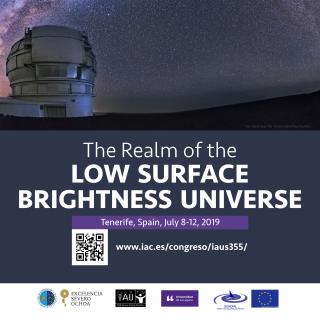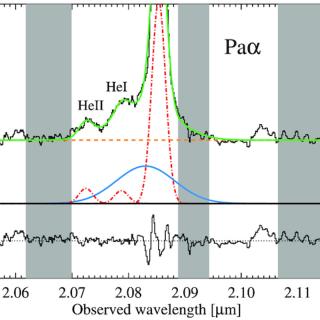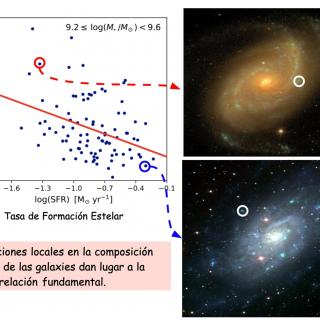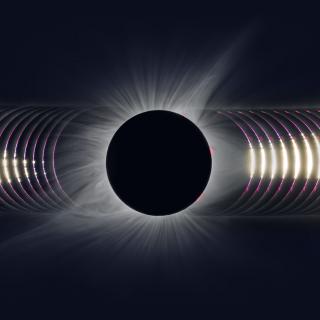
Tenerife will host a meeting of the International Astronomical Union with over a hundred specialists from all over the world, at which there will be discussion of the techniques which astrophysicists use to detect and observe the faintest objects in the night sky, which are much fainter than the general background brightness.
Advertised on



![A distance of 13 Mpc resolves the claimed anomalies of the galaxy lacking dark matter The ultra-diffuse galaxy KKS2000]04 (NGC1052-DF2), towards the constellation of Cetus, considered previously a galaxy with no dark matter.](/sites/default/files/styles/crop_square_2_2_to_320px/public/images/news/Galeria_IAC_Figura_Trujillo_2_final.jpg?h=340b683b&itok=ZQ8EA2IA)
